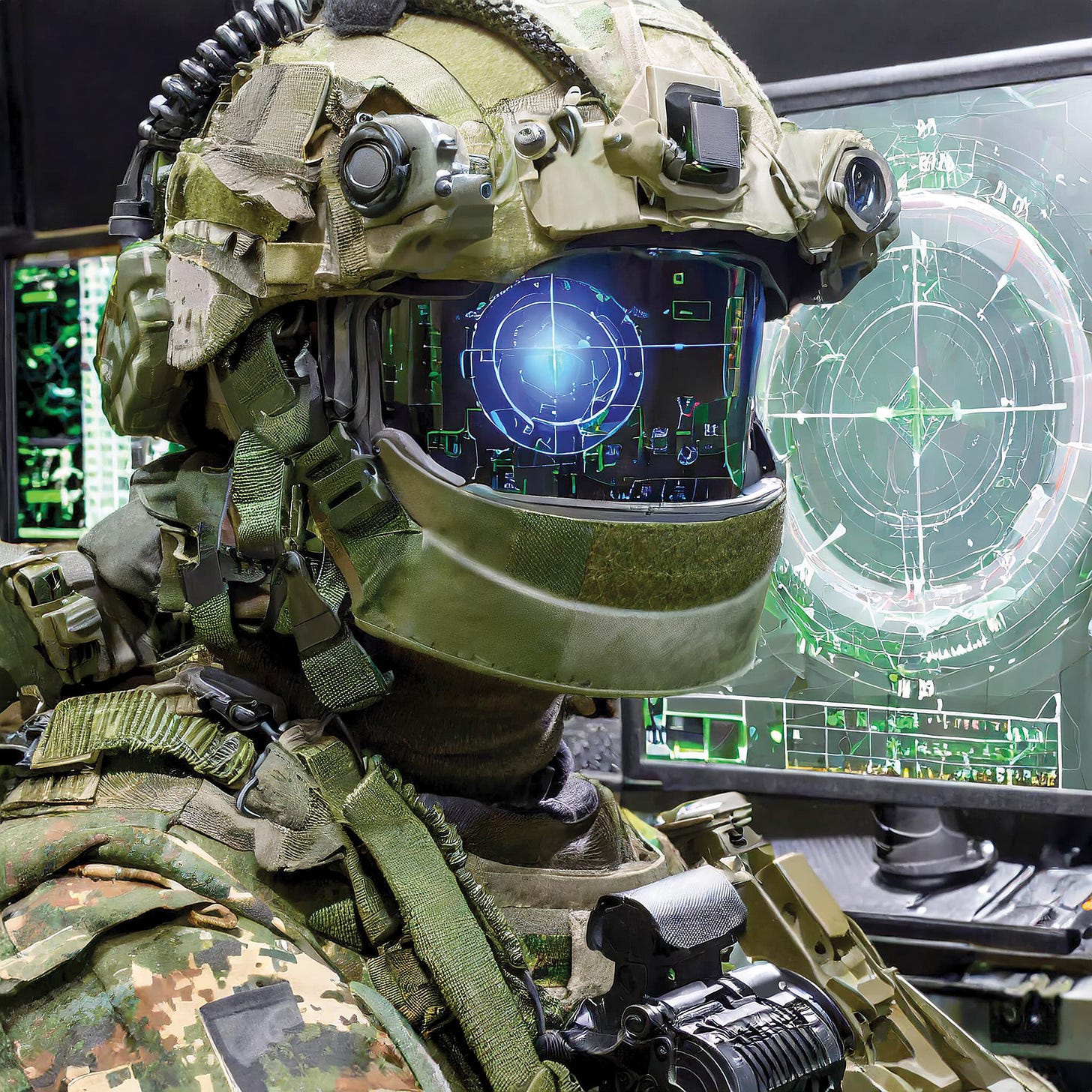Analytics in Aviation, Logistics in LSCO, and AI in Artillery
Check-out the Army's newest website: Line of Departure!
As many of our readers know, on October 11, the Army launched its newest web platform, Line of Departure. If you somehow missed the launch, please see our article highlighting the event here:
Now live! The Line of Departure
In support of the new site, every few weeks we will be choosing two to three articles to highlight here on the Harding Project’s Substack. The topics will range from tactical expertise to the creative domain! This round of posts focusses on tech and INDOPACOM.
Data-Driven Leadership
Author: COL Ryan P. Sullivan
Journal: Aviation Digest
3D Infantry Division's "COP (Common Operating Picture) of the Rock" (COTR) vision (desired state). Slide used with permission from 3ID, MAJ DaNeve and MAJ Quigley, March 2024.
“Data-Driven Leadership” focusses on the importance of empowering leaders, specifically aviation leaders, to foster a data-driven culture within their formations. The Army is in the never-ending process of modernizing equipment, uniform items, and processes—Army aviation is no exception. This article asserts aviators must be data-literate in order to be effective commanders at any echelon. Aircraft, maintenance systems, virtual training, and equipment are all undergoing a technological overhaul and aviation leaders must keep up or risk getting left behind.
Precision Sustainment and Predictive Logistics in USINDOPACOM
Author: Don Bates
Journal: Army Sustainment
In this article, Mr. Bates discusses the challenges of delivering logistical support in a contested logistics environment (CLE), specifically the Indo-Pacific region and People’s Republic of China (PRC). The author dives into the logistical intricacies unique to both of these areas, particularly in a LSCO environment where units will not have the luxury of a secure BSA or DSA. In 2023, to combat this issue, the Army stood up Contested Logistics Cross-Functional Teams (CFT); these teams are investigating data-driven ways to solve the logistics crisis of tomorrow.
Enhancing Tactical Level Targeting With Artificial Intelligence
Author: WO1 Clifford A. Baxter
Journal: Field Artillery Professional Bulletin
As you probably gleaned from the title, this article discusses how artificial intelligence is revolutionizing the artillery landscape. Where humans are prone to error, cognitive limitations, and slower processing speeds, AI covers these gaps with improved accuracy, precision, and timeliness. The author discusses improved AI algorithms that lead to faster and more accurate target recognition, while decreasing processing time by an average of 70%.





